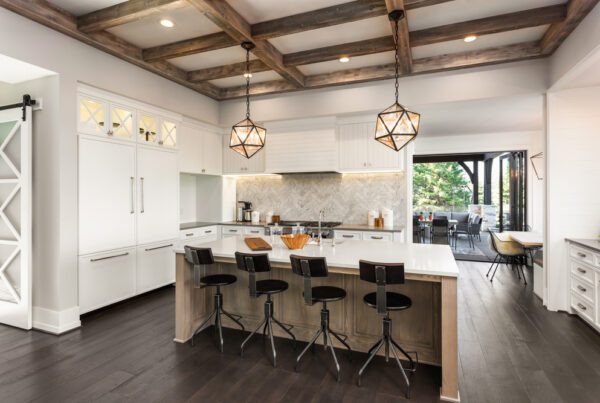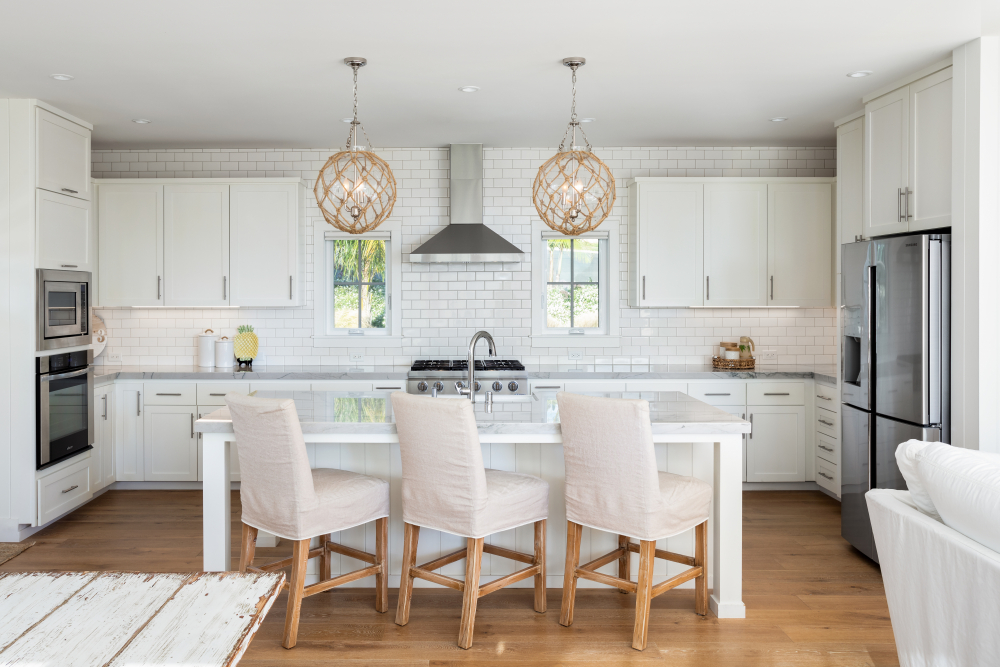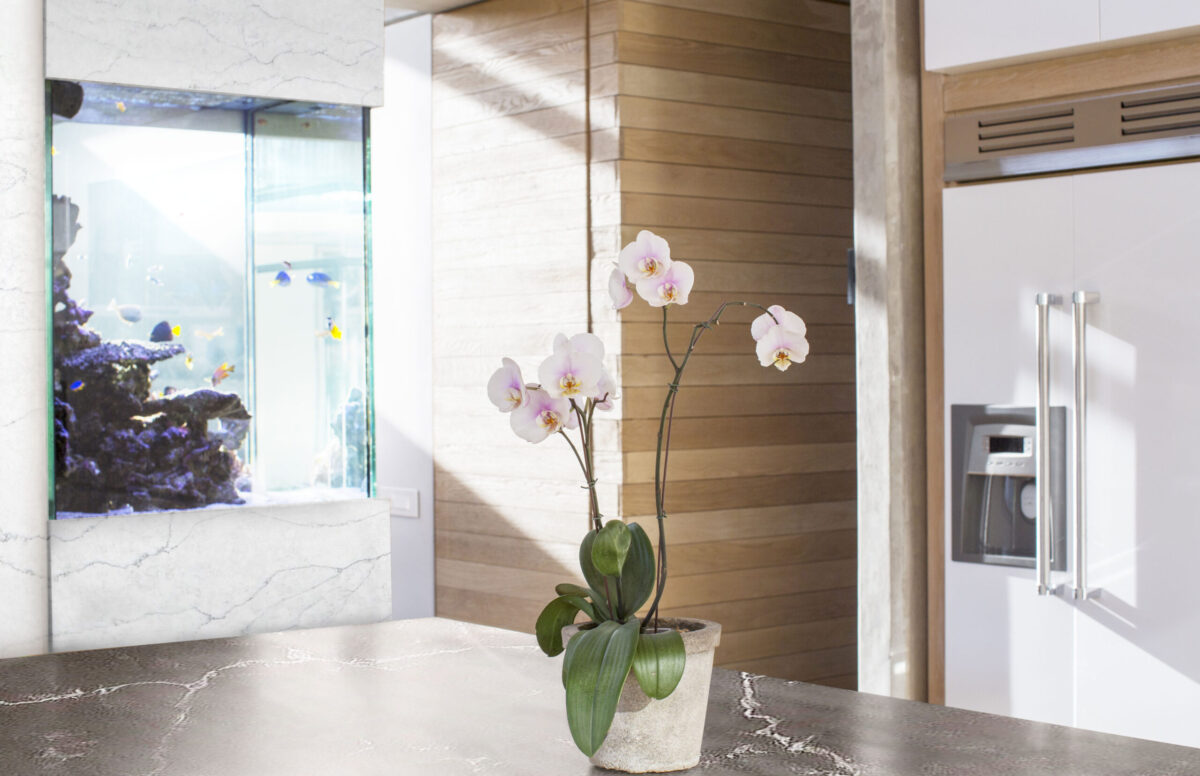If you are looking for high-end countertops, you may be considering quartz vs. quartzite. These two materials are both derived from quartz. This means that, sometimes, people use the names interchangeably. Nevertheless, it is important to understand that, while both materials have similarities, they have major differences. Here, we compare the two so you can choose the best surface for you.
Natural Vs. Manufactured
The composition of quartzite is between 90 and 99 percent quartz grains bound by silica. It’s a natural stone that only contains naturally occurring components. You will find quartzite under the surface of the Earth. When sandstone rich in quartz becomes altered because of high temperature
and pressure, it creates quartzite. Mining companies mine it, cut it and sell it as slabs. Quartz, meanwhile, is engineered stone, made of up to 93% mined quartz crystals combined with color pigments and resins to create distinct designs.
Patterns and Colors
Thanks to the pigments added to manufactured quartz, you can achieve many unique design colors, that can also be paired with paint colors by hue. It is also possible to fleck or vein quartz slabs to create uniform or diverse patterns throughout the slab. Meanwhile, quartzite is mainly only available in gray or white shades. The stone’s iron oxide content may give it a red or pink hue in a few cases. Also, there are limited patterns. Usually, they are
whatever nature created. This means it will have a veined finish, such as marble or granite. It will also have visual inconsistencies throughout the slab, as does all natural stone options.
Maintenance Considerations
Thanks to the engineering process that it goes through, quartz has a nonporous surface. For this reason, there is no sealing. It can effectively repel microbes and moisture, so bacterial invasions and permanent staining are unlikely. Quartz is easy to clean with soap and water. Quartzite, is natural stone and therefore does require sealing that must occur before you install the quartzite and annually after that. Quartzites are beautiful, but to keep them that way you must take care of the investment with some maintenance.
Affordability
Quartzite is more expensive than quartz. This is because it is more labor-intensive to mine quartzite and turn it into one-off slabs. A diamond blade cuts the slab to size from a block. This is a challenging and precise task. It is cheaper to manufacture quartz crystals and then create quartz designs. Even
though engineered quartz is more affordable, it is still beautiful and luxurious. Even better, it represents excellent value for money because of its durability and long lifespan.
Choosing the Countertops for You
If you are weighing the pros and cons of quartz vs. quartzite, we hope this article helps you decide. If you’re looking for value, quality, and style at a price you can afford, quartz could be your perfect countertop.








